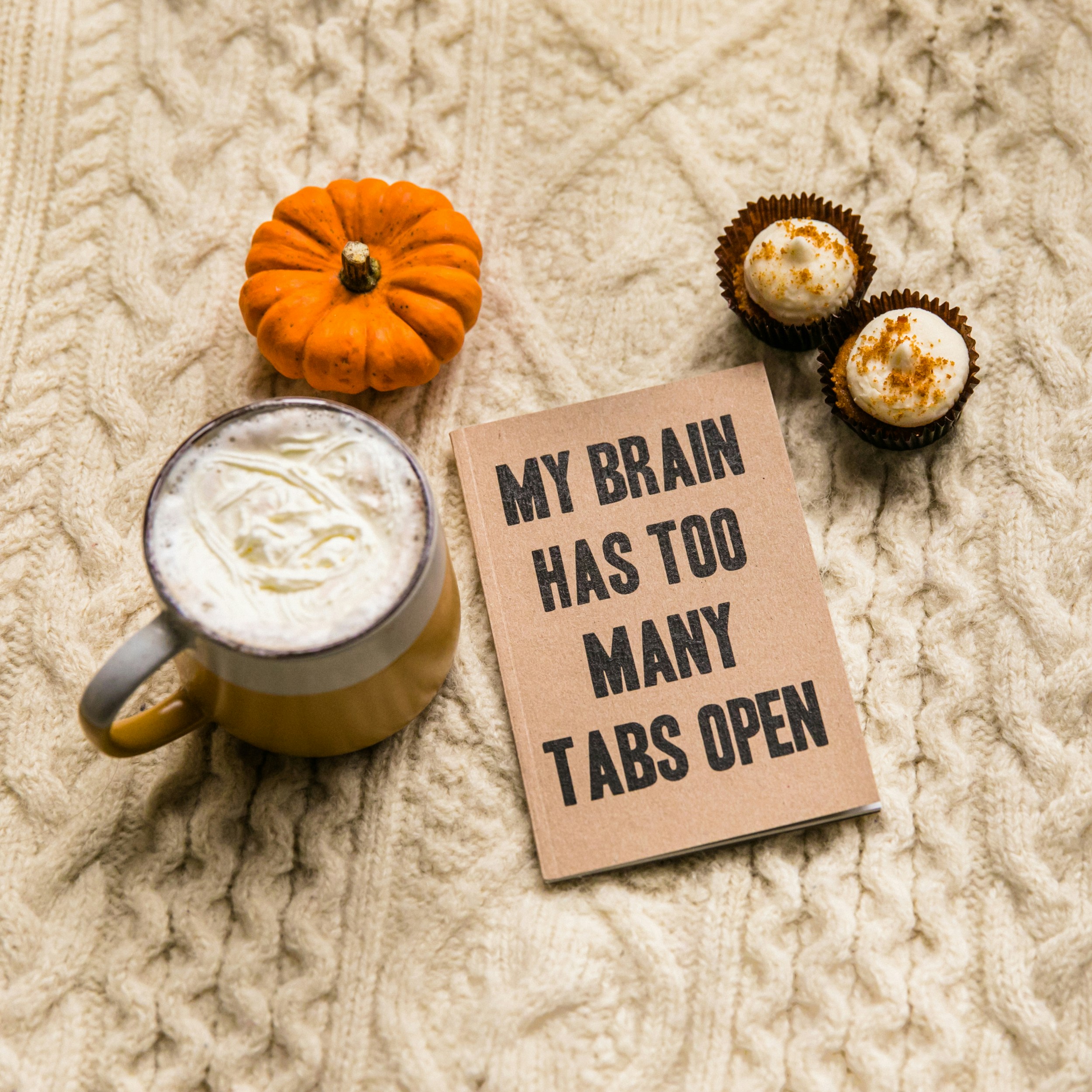How does our brain actually work?
The brain is extraordinarily complex. To better understand it, we can divide it into two systems. The first system, in development for hundreds of millions of years, includes our reptilian brain and limbic brain. This primordial brain regulates all our daily activities and basic functionalities, such as locomotion, immune system and respiration, as well as more conscious processes such as memory, emotions and even aggression and fear. Because of its impulsiveness, instinctive reactions and emotional nature, this part of our brain is often called our "monkey mind. It reacts on autopilot, without us always being aware of it, and therefore it is not necessarily the part of our brain we like to leave control to.
The second, newer part of our brain distinguishes us from animals and allows us to learn languages, devise strategies and perform complex tasks, such as long Zoom meetings. This is our neocortex, on top of the "monkey mind. We simply call this "our professor. Our professor is more rational, a true thinker and houses our intelligence and willpower. However, it requires more effort to activate our professor.
Normally these two systems work fine together, with the professor able to calm the monkey mind and the monkey mind taking many tasks off the professor's hands, such as filtering stimuli. However, when one of the two gets the upper hand, problems arise. A simple example of this is illustrated when people sit in front of a screen for long periods of time. In such situations, the professor is kept actively engaged, while the monkey mind becomes bored and deactivated, which can lead to impaired memory and concentration.
Stress can also lead to imbalance between the two systems. Too much negative stress often results in poorer self-care, lack of sleep and misuse of our brains, which can give the monkey mind the upper hand. It is then more difficult to respond in a reflective manner and remain stress-resistant. Therefore, it is important to train both the monkey mind and the professor so that they work together optimally and help us perform our best.




